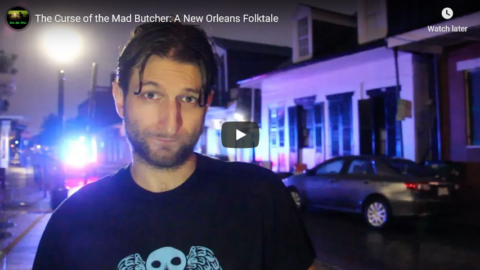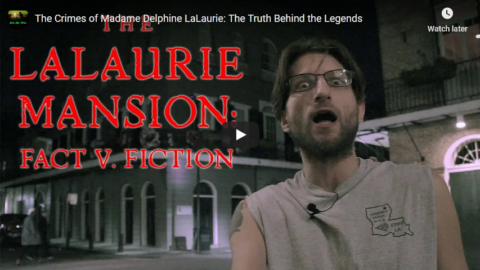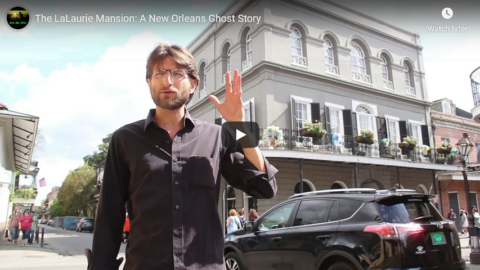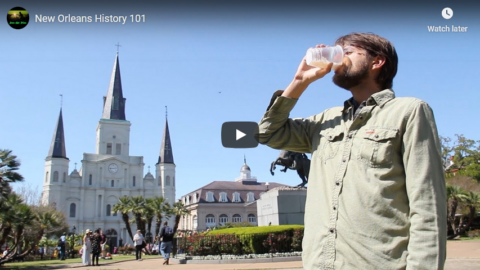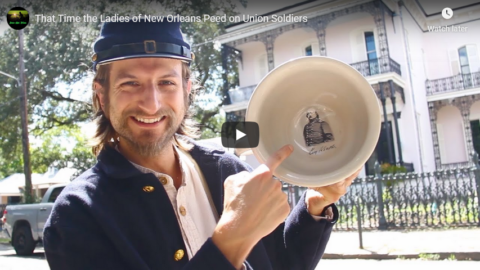A.M. Hickman takes Amtrak on a pre-wedding rail tour of the United States. We pick up the narrative in Utica, New York, whose Amtrak station apparently gives off a North Korean/Potemkin village vibe:
The gargantuan marble-columned Utica train station sleeps like silver spoons in a dusty drawer of a great house. The bones of Utica have the smell and patina of old finery laid out at an estate sale in a great and crumbling chateau; its patrons long dead or doddering — if one walks quietly, they can hear their ghosts. I sip a porter at the trackside pub, staring out into the maze of empty streets as the pub’s speakers play the song “Allstar”, an upbeat tune released in 1999 by the one-hit-wonder band Smashmouth. And the barkeep looks as if the year 1999 never ended; cigarette smoke curling around his blonde frosted tip hairdo, leaning against the brick walls of the tavern’s courtyard in his sunglasses and FUBU-brand track jacket, kicking at the dirt in his stained white Reeboks.
No one else is at the bar — one wonders if Utica is being maintained in North Korean style, subsidized by the state to keep up appearances, spray-painted to the “uncanny valley” hue of sham vitality lest a train passenger should step off for a smoke break and start asking too many questions. I ponder this as the song continues — “Hey now, you’re an All-star, get your game on on, go play // hey now, you’re a rockstar, get the show on, get paid …” The barkeep ashes his cigarette and glowers, casting furtive glances toward the empty bar. I pay the tab, glad to be departing this weird, empty place in the heart of American Pyongyang — where one gets the disturbing sense that they may be being watched.
The train arrives, and Keturah is with me. If Amtrak’s Lake Shore Limited were one’s first introduction to the Amtrak system they might get the impression that it’s a long, metal, track-bound Greyhound bus. The passengers are sullen and bored with earbuds universally donned. Cheerio dust covers our seat, and a heavy-set hustler-looking character in an Eminem t-shirt is sawing wood, snoring deeply, displaying all of the textbook symptoms of undiagnosed sleep apnea. Worst of all, the train’s bright white lights — the sorts of fluorescent lights one sees inside of hospitals and Wal-Marts — stay on all night, angled directly into our eyes, and we fitfully sleep as the train rattles at 110mph all the way to Chicago. The trip takes fifteen hours.
For Keturah and I, this ride is our last bit of time together before separating for a month. We’d both been taken with the romantic idea of parting ways for a few weeks before our wedding — and at Chicago, she’d head to southern Illinois to see her great-grandmother, and I’d jump aboard the City of New Orleans train to soak in the sinful humidity of the Crescent City. From there, I’d run a nearly 8,000-mile circuit around the United States — and if the trains ran on time, I’d arrive at our wedding in Upstate New York on time. Sleepy-eyed and rueing our separation, I saw her off onto her train.
I wandered Chicago’s Union Station alone, rattled by the gravity of her absence already, and several hours later, I hopped onto my own southbound train, dreaming of the woman who would become my wife.
A “vibe shift” takes place as I step aboard The City of New Orleans. The workers are a jazzy bunch, obviously natives of the city below sea level, all of them jocular and energetic; smooth Louisiana tones drip from their smiling craws — “good evening baby, we don’t mind you playing music in the cafe car — but if it’s the nighttime hours it had bettuh be smooth!”
Unlike the Lake Shore Limited, this train is equipped with a “Superliner” viewer car with domed glass windows that afford passengers views of the scenery. Most long-distance routes are equipped with these — except the routes that go in and out of New York City, as the train tunnels there don’t have the clearance for these tall double-decker cars. But the view of the scenery doesn’t matter much on the ride south through Illinois and Mississippi. This stretch of track is, in the colorful words of one especially talkative train attendant, “a damned old tunnel of green trees and shit“. Nonetheless this “tunnel” had a soothing effect as we sped southward, and I crawled down under the Superliner’s benches to sleep.
In New Orleans, I had the great pleasure of staying with one C. Sandbatch, a native son of New Orleans, and Covington, and Mississippi, and Kentucky, and, well — practically every location in the American South but Alabama or Georgia. A polymath of Southern geography, history, and literature, Mr. Sandbatch quite naturally opened his home to me, offering the air mattress in his high-ceilinged back room as organically as the forest offers its glens and creek-beds to a transient jackrabbit or wren. And quite naturally, he stationed himself upon the porch of his sparsely-decorated shotgun shack house, musing on his weirder years, relating tales of corrupt Parish Presidents and bayou dramas, and offering reflections on the more nuanced elements of Deep South race relations, New Orleans musical genre-bending, and Southern ecology.
Leaning back onto the wood of the old porch — which had been under some eleven feet of water during Hurricane Katrina — I listened to him speak in slow, eloquent tones as the breeze rustled the palms on the street. His cigarette smoke hung above the sleepy-eyed cats, and the wine in my cup was lukewarm in the humidity. We drove all over the city in his ailing old jeep, a vehicle whose transmission had the habit of “burping” in traffic, and we flitted in and out of cafes and bars, each of which seemed to be a sort of checkpoint in Mr. Sandbatch’s memory. Wistfully he drank as he spoke, and I felt myself slipping into the ease one knows only when wandering a city with one of its own sons.



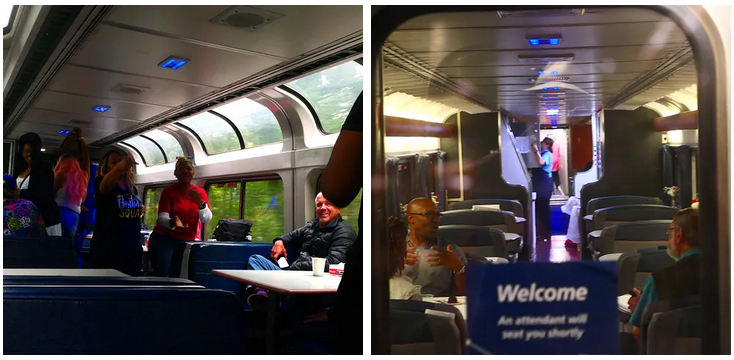

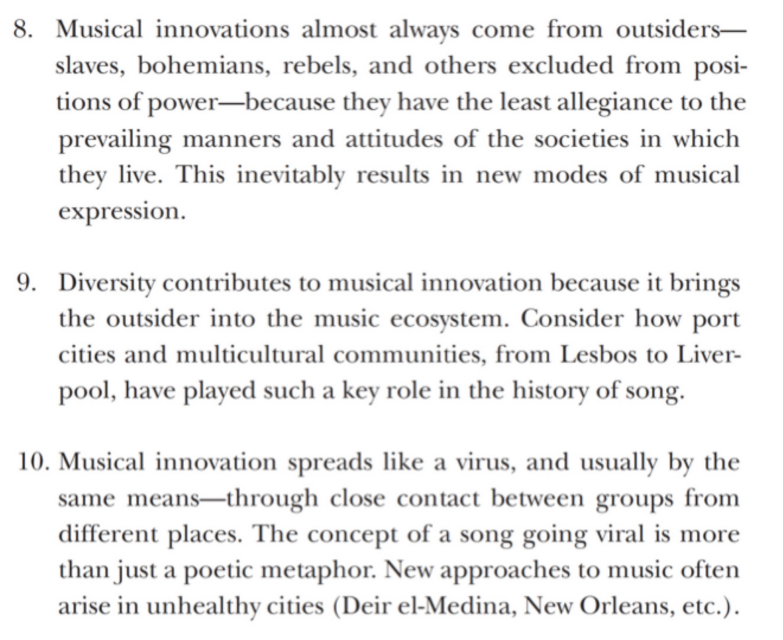
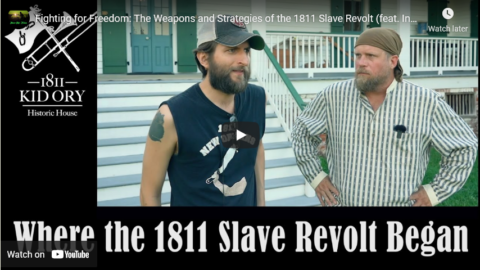
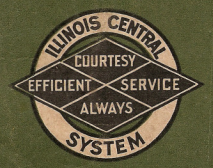
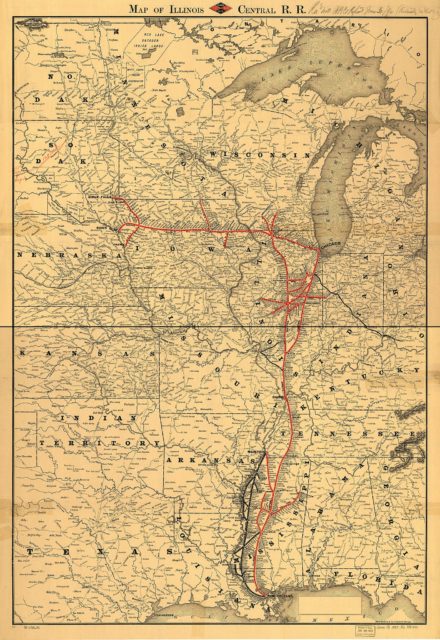


 with InRangeTV
with InRangeTV

